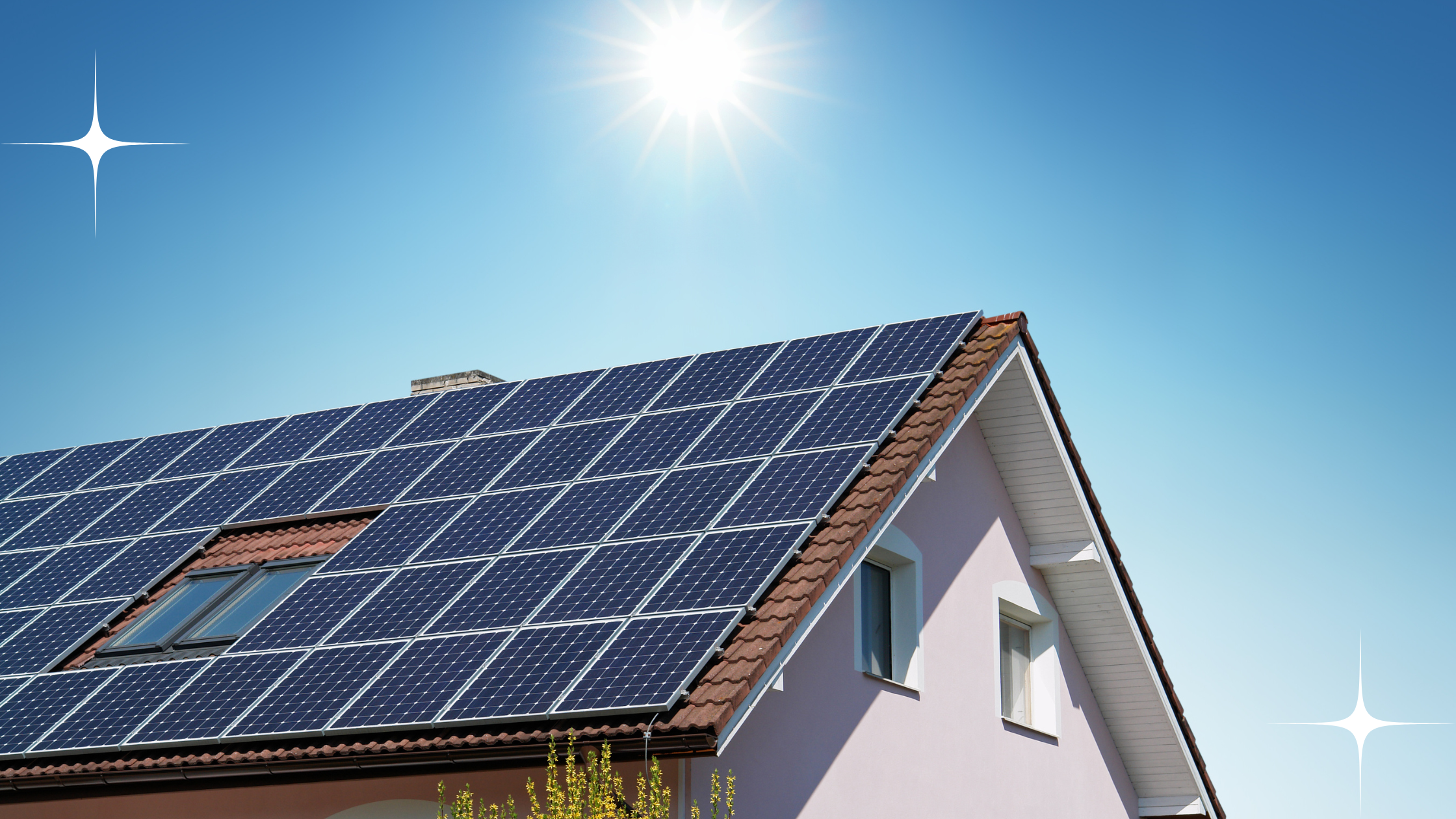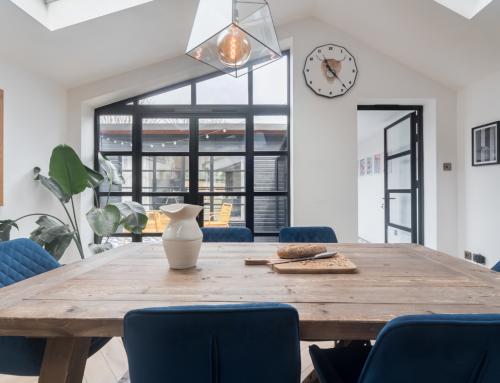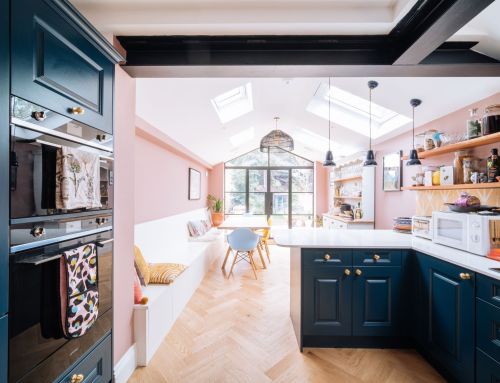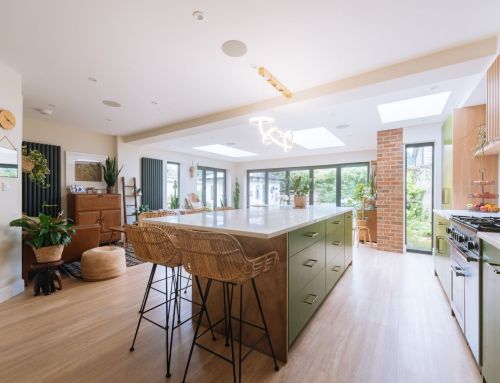Welcome to our guide on Tips for a Sustainable Home! In today’s world, designing a sustainable home is about more than environmental benefits; it’s also about reducing household bills and creating a comfortable living space. Whether you’re building, renovating, or exploring eco-friendly updates, our top 10 sustainable home design tips will help you achieve an environmentally conscious, stylish, and cozy space.
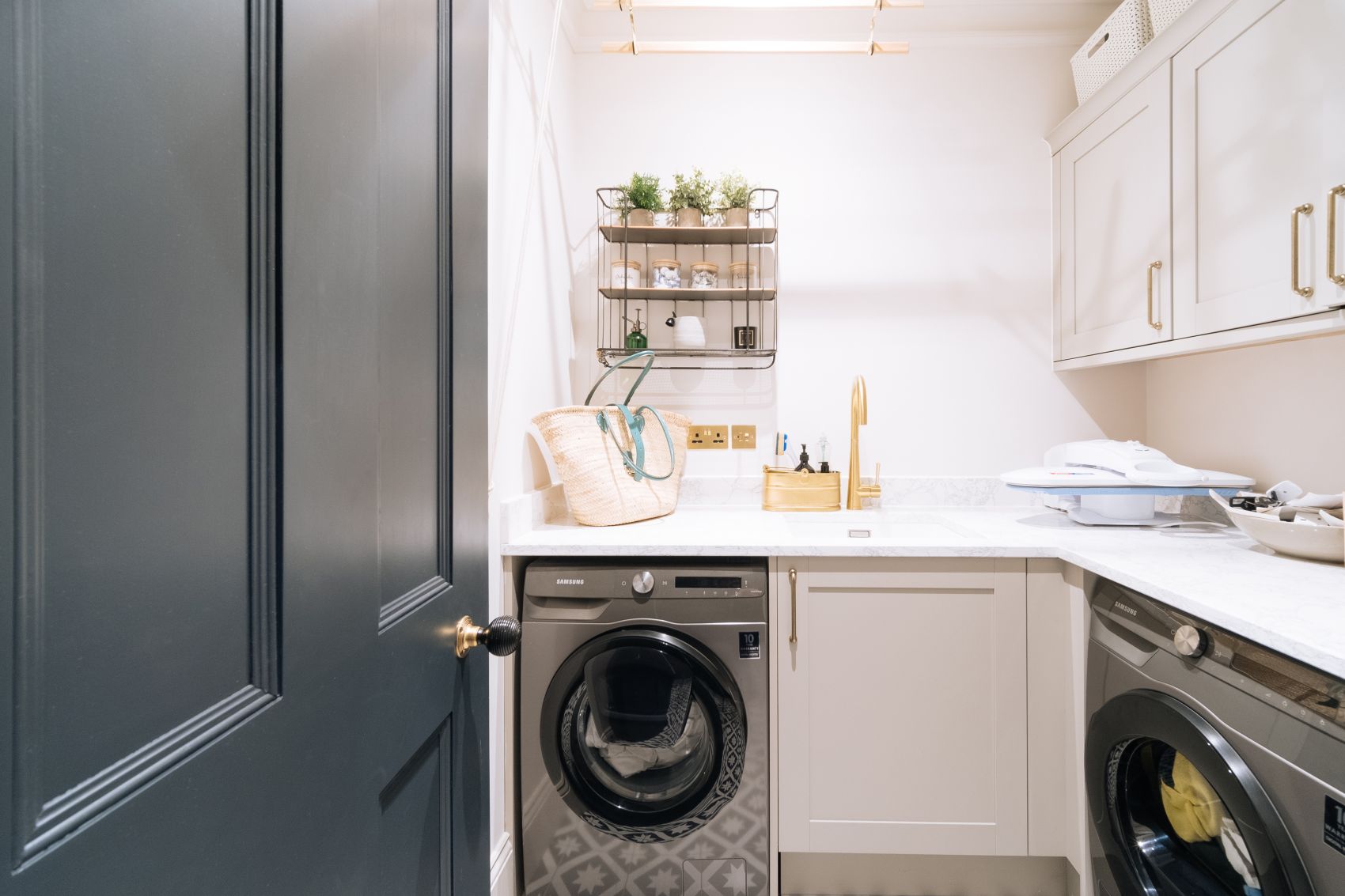
Enhance Insulation for Efficiency
Upgrading your insulation is one of the most impactful sustainable home design tips. Proper insulation minimizes heat loss through walls, floors, and roofs, significantly lowering heating bills and reducing energy consumption. Consider options like cavity wall or solid wall insulation and ensure your attic is well-insulated. Not only does this improve energy efficiency, but it also enhances comfort throughout your home. Our architectural technicians can guide you through insulation options during the building regulation phase.
Upgrade to Energy-Efficient Windows
Energy-efficient windows are crucial in any sustainable home design. Replace single glazing with double or triple glazing to prevent heat loss, reduce drafts, and lower energy bills. These windows also minimize outdoor noise, creating a serene indoor environment. For those aiming for Passivhaus standards, triple glazing paired with other eco-friendly features offers maximum efficiency.
Explore Renewable Energy Systems
Installing renewable energy systems is a cornerstone of sustainable home planning. Solar panels, ground source heat pumps, and air source heat pumps are excellent ways to harness natural resources and reduce reliance on fossil fuels. Government schemes like the Renewable Heat Incentive (RHI) can help offset installation costs, making it an even smarter choice for eco-conscious homeowners.
Opt for Eco-Friendly Heating Alternatives
If you’re considering a new heating source, explore sustainable options like biofuel, electric, or gas fireplaces. These alternatives offer warmth and ambiance while reducing the environmental impact compared to traditional log-burning stoves.
Install a Rainwater Harvesting System
Rainwater harvesting is a practical way to incorporate sustainable home design principles. Collecting and storing rainwater can reduce your reliance on mains water for gardening, toilet flushing, and washing machines. Advanced systems filter and store rainwater below ground, offering a sustainable solution for everyday use.
Embrace the “Fabric First” Approach
A core concept in sustainable home design, the “Fabric First” approach focuses on optimizing the building’s performance through smart design and materials. Prioritize elements like insulation, window positioning, and the orientation of your home to maximize energy efficiency naturally. Our architectural designers use cutting-edge VR technology, including sun studies, to ensure your home takes full advantage of natural light.
Reuse and Recycle Materials
Reusing and recycling materials is a cost-effective and eco-friendly way to renovate or build. Repurpose bricks, timber floors, and furniture to add unique character to your home. Upcycling furniture or revamping kitchen units by replacing doors and worktops can dramatically reduce waste while refreshing your space.
Consider Second-Hand Kitchens
Choosing a second-hand or ex-display kitchen is an excellent way to reduce waste and save money. These kitchens often come complete with appliances and worktops at a fraction of the cost of a new setup, making them a smart choice for those focused on sustainable home design.
Choose Low VOC Paints
When decorating, opt for low VOC (volatile organic compound) paints. These eco-friendly options release fewer harmful chemicals, improving indoor air quality and contributing to a healthier, more sustainable home. With a wide range of colors available, you don’t have to compromise on style.
Support Local Suppliers
Sourcing materials from local suppliers is another great sustainable home planning tip. This practice reduces transportation emissions, supports the local economy, and ensures you’re using materials that align with your eco-friendly goals.
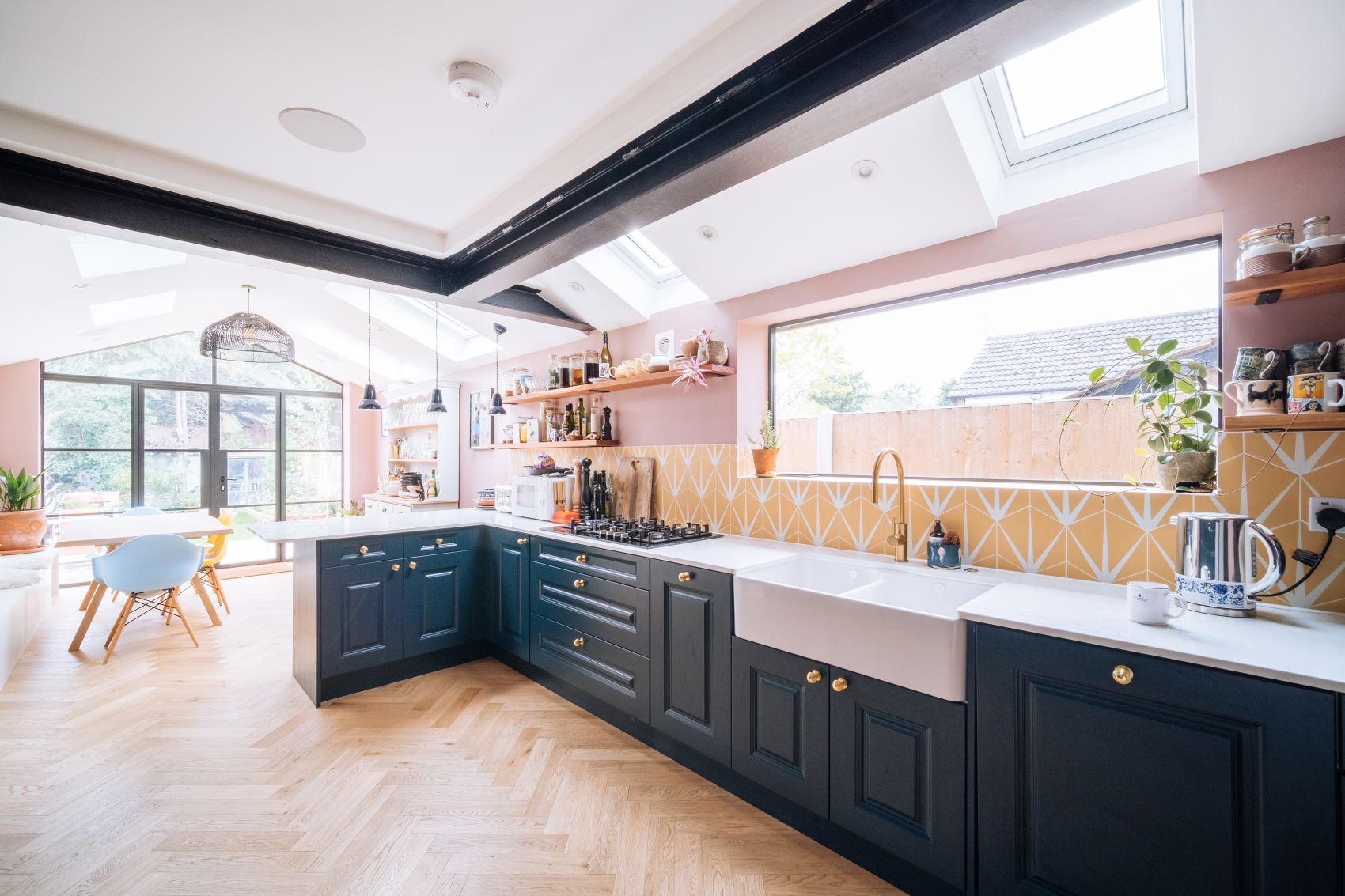
Conclusion
By implementing these Tips for a Sustainable Home, you can reduce your environmental footprint, lower energy bills, and create a healthier living environment. From adopting the “Fabric First” approach to integrating renewable energy systems, the possibilities for creating an eco-friendly space are endless. Contact us today to learn more about the sustainable solutions we can offer, including exclusive discounts with local solar panel and heat pump suppliers. Sustainable living starts here!
If you are interested in using any of our services or you would like some more information, get in touch using the button below.

